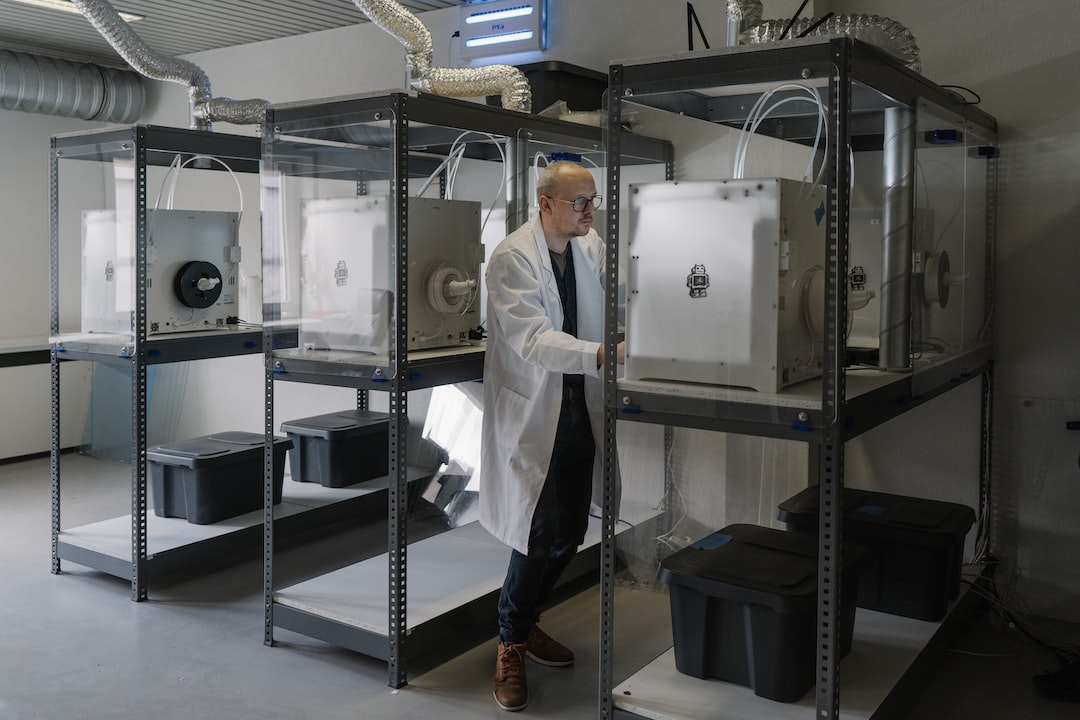In the fast-paced business world, streamlining your production process is essential for maximizing efficiency and staying competitive. By eliminating inefficiencies and optimizing every step of your production line, you can reduce costs, increase productivity, and ultimately improve your bottom line. In this blog post, we will discuss some practical tips to streamline your production process for maximum efficiency.
1. Map out your production process: Before making any changes, it’s important to have a clear understanding of your current production process. Start by mapping out each step and identifying any bottlenecks or areas of inefficiency. This will help you visualize the flow of materials and identify areas where improvements can be made.
2. Standardize procedures and workflows: Standardizing procedures and workflows is crucial for ensuring consistency and efficiency in your production process. Create detailed work instructions and make sure that all employees are trained and understand how to perform their tasks effectively. Implementing standardized procedures will reduce errors, rework, and facilitate smoother operations.
3. Optimize inventory management: Efficient inventory management is essential for any production process. Minimize excess inventory by implementing just-in-time (JIT) production methods. Take advantage of real-time data and analytics to predict demand and ensure that you have the right amount of materials and components on hand, avoiding unnecessary delays and costs associated with excess inventory.
4. Invest in automation and technology: Automation has revolutionized the manufacturing industry, and investing in technology can significantly streamline your production process. Identify areas that can be automated, such as assembly lines or quality control, and consider introducing robotics or other automated systems. Automation can reduce errors, increase speed, and free up human resources for more complex tasks.
5. Implement lean manufacturing principles: Lean manufacturing focuses on eliminating waste, increasing efficiency, and continuously improving processes. Look for opportunities to reduce waste in your production process, such as overproduction, idle time, or unnecessary movement. By implementing lean principles like 5S (Sort, Set in order, Shine, Standardize, Sustain) and Kaizen (continuous improvement), you can create a culture of efficiency and continuous improvement.
6. Foster effective communication and collaboration: Efficient production processes require effective communication and collaboration among all stakeholders. Encourage open communication, feedback, and suggestions from employees. Regularly evaluate and update your processes based on their insights. Consider implementing project management software or other collaborative tools to streamline communication and improve coordination between different departments.
7. Monitor and analyze performance: Finally, regularly monitor and analyze your production process to identify areas that require improvement. Utilize key performance indicators (KPIs) to track efficiency, productivity, quality, and other relevant metrics. By analyzing data and identifying trends or patterns, you can make data-driven decisions to further streamline your production process.
In conclusion, streamlining your production process is a continuous effort that requires careful planning and evaluation. By mapping out your process, standardizing procedures, optimizing inventory, implementing automation, lean principles, fostering effective communication, and analyzing performance, you can streamline your production process for maximum efficiency and maintain a competitive edge in the market.
